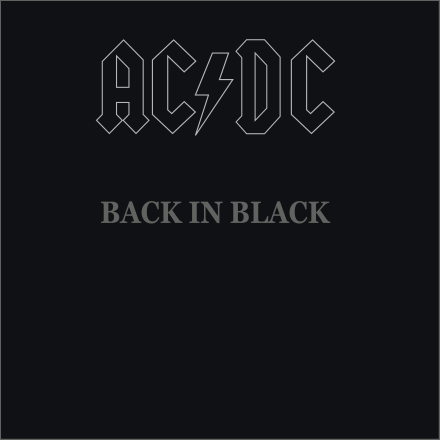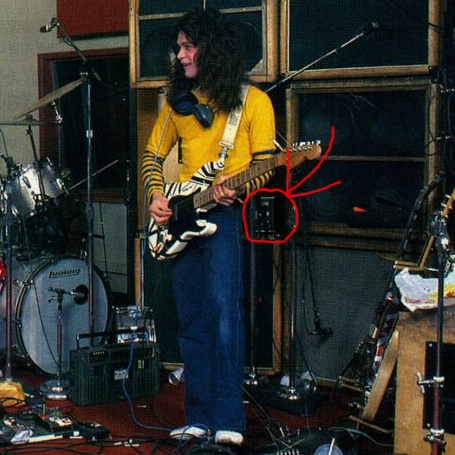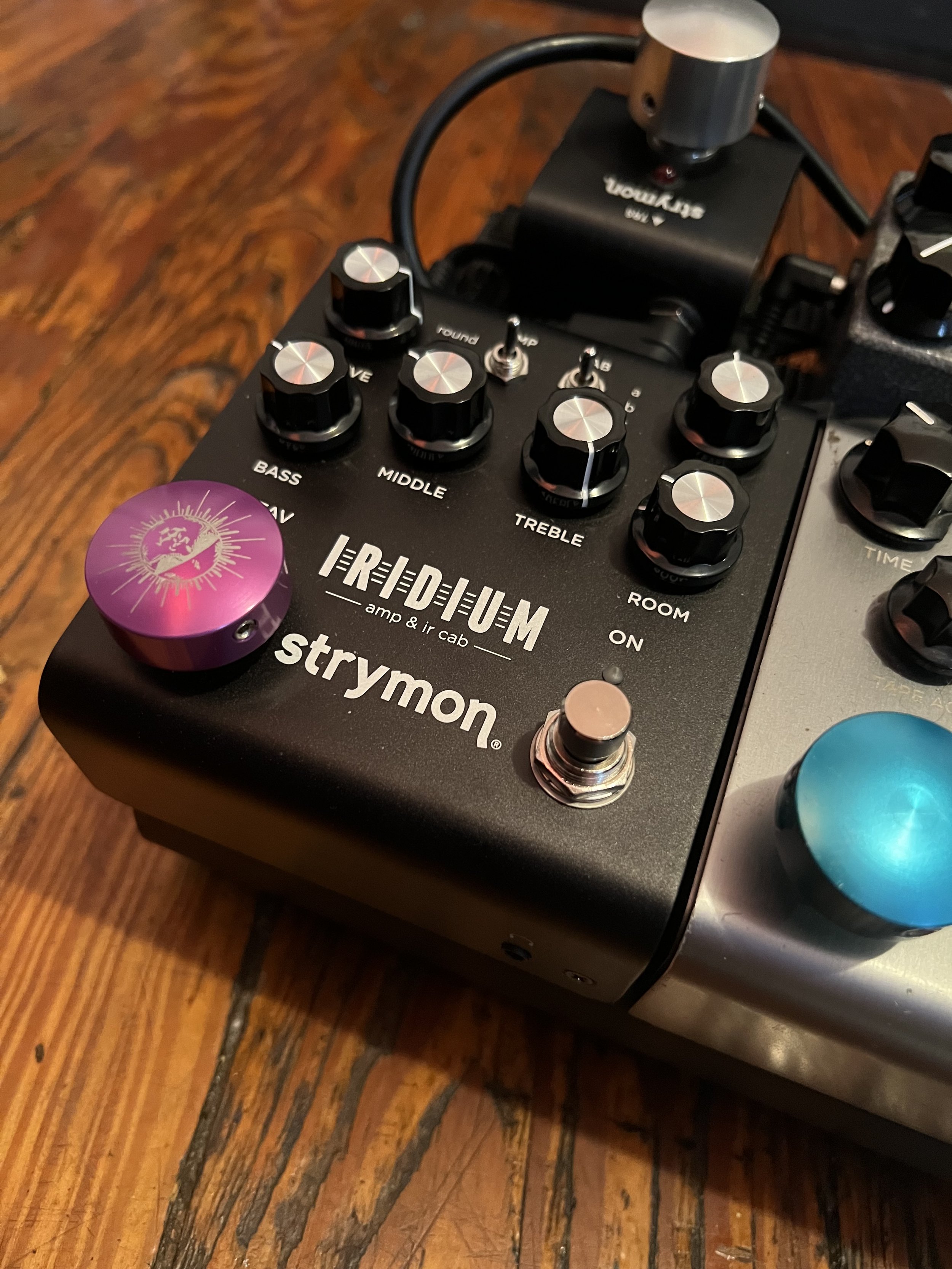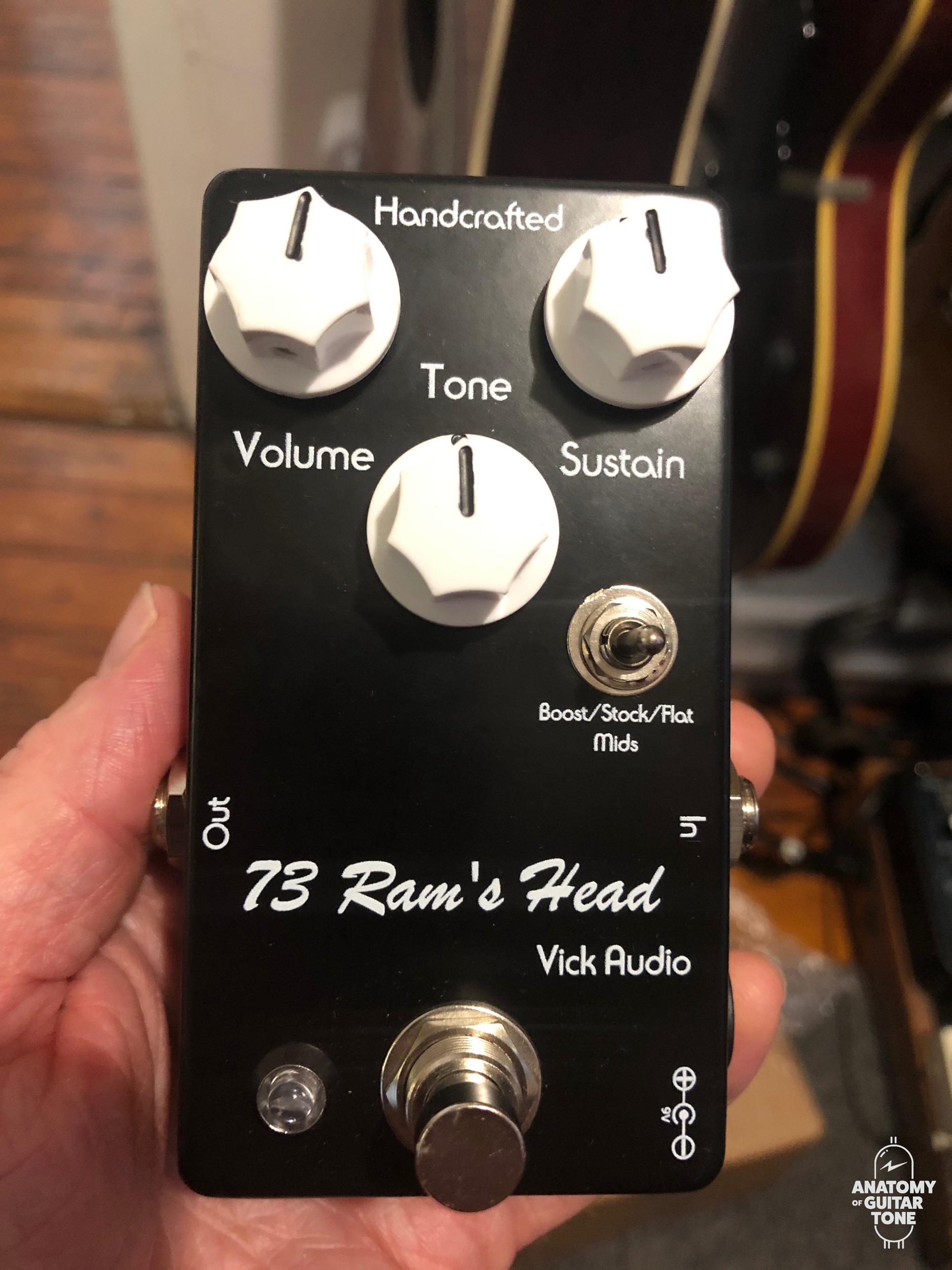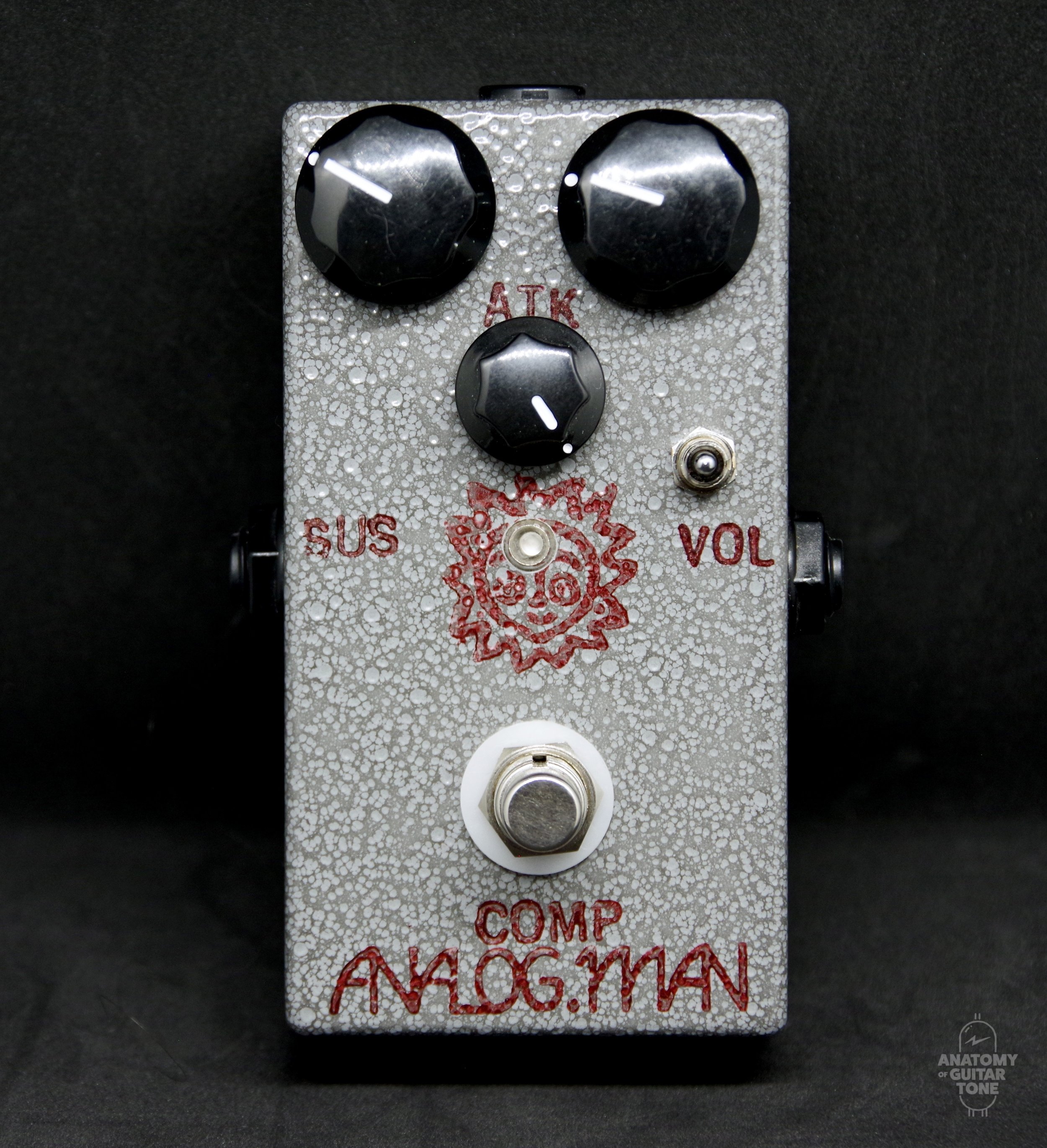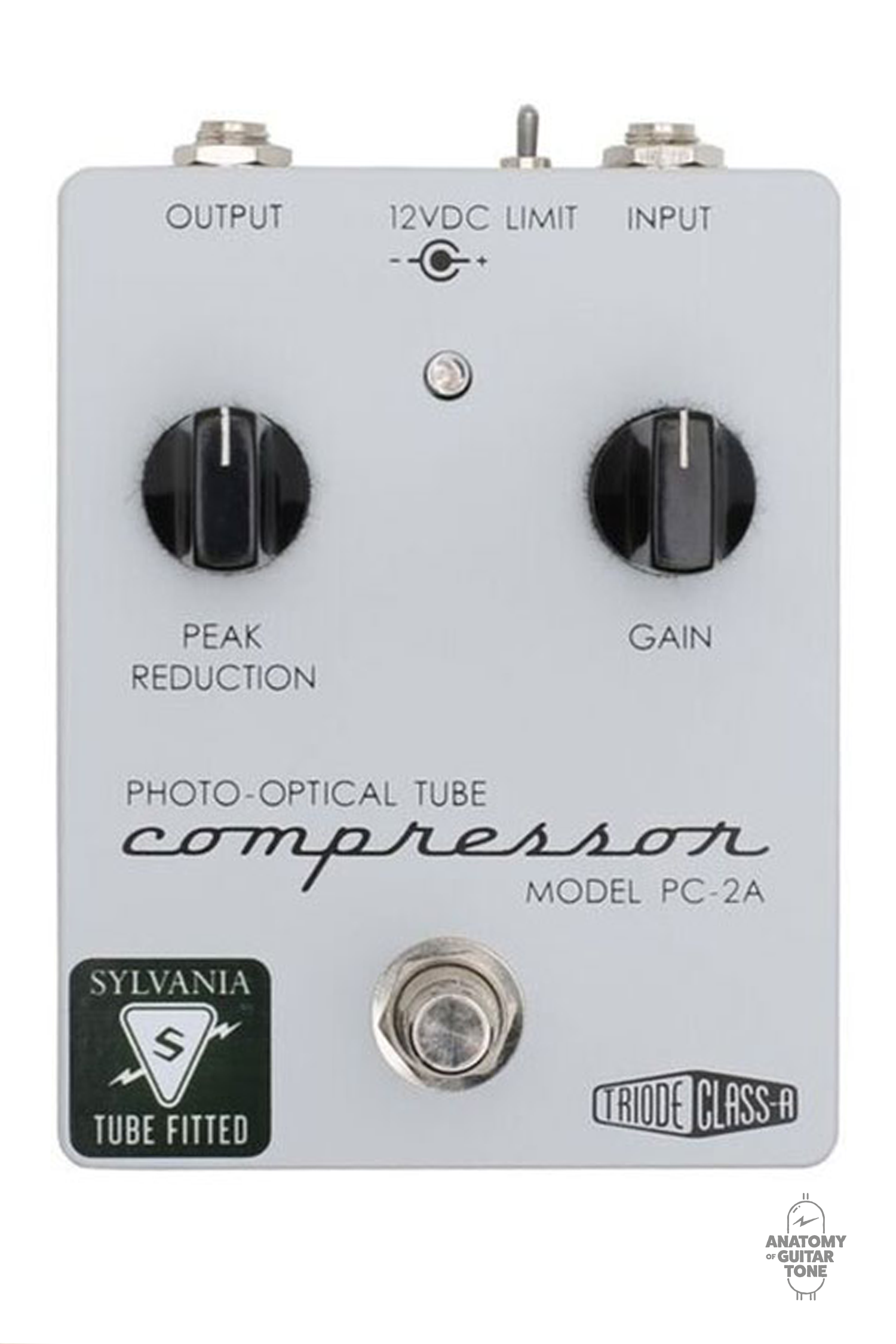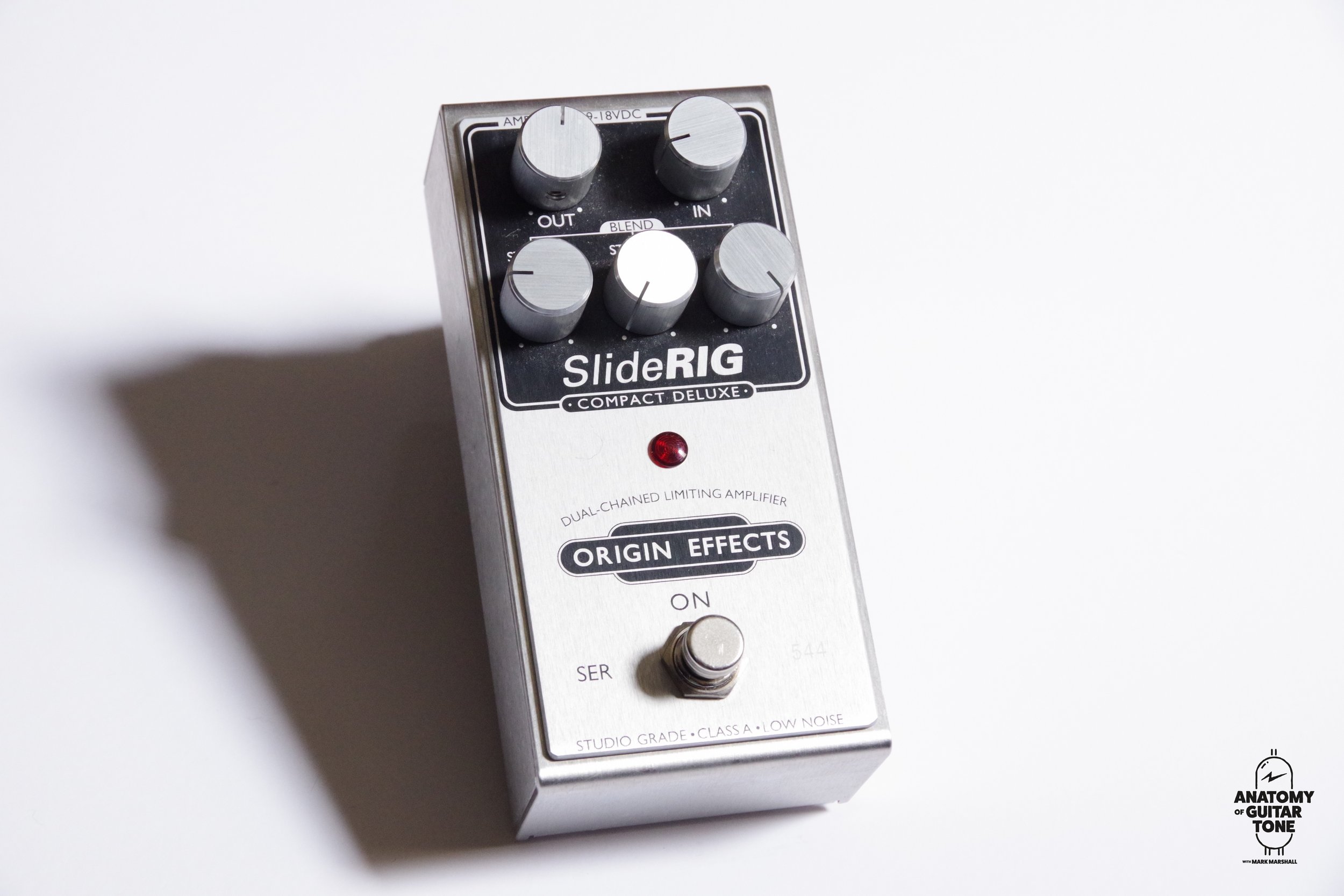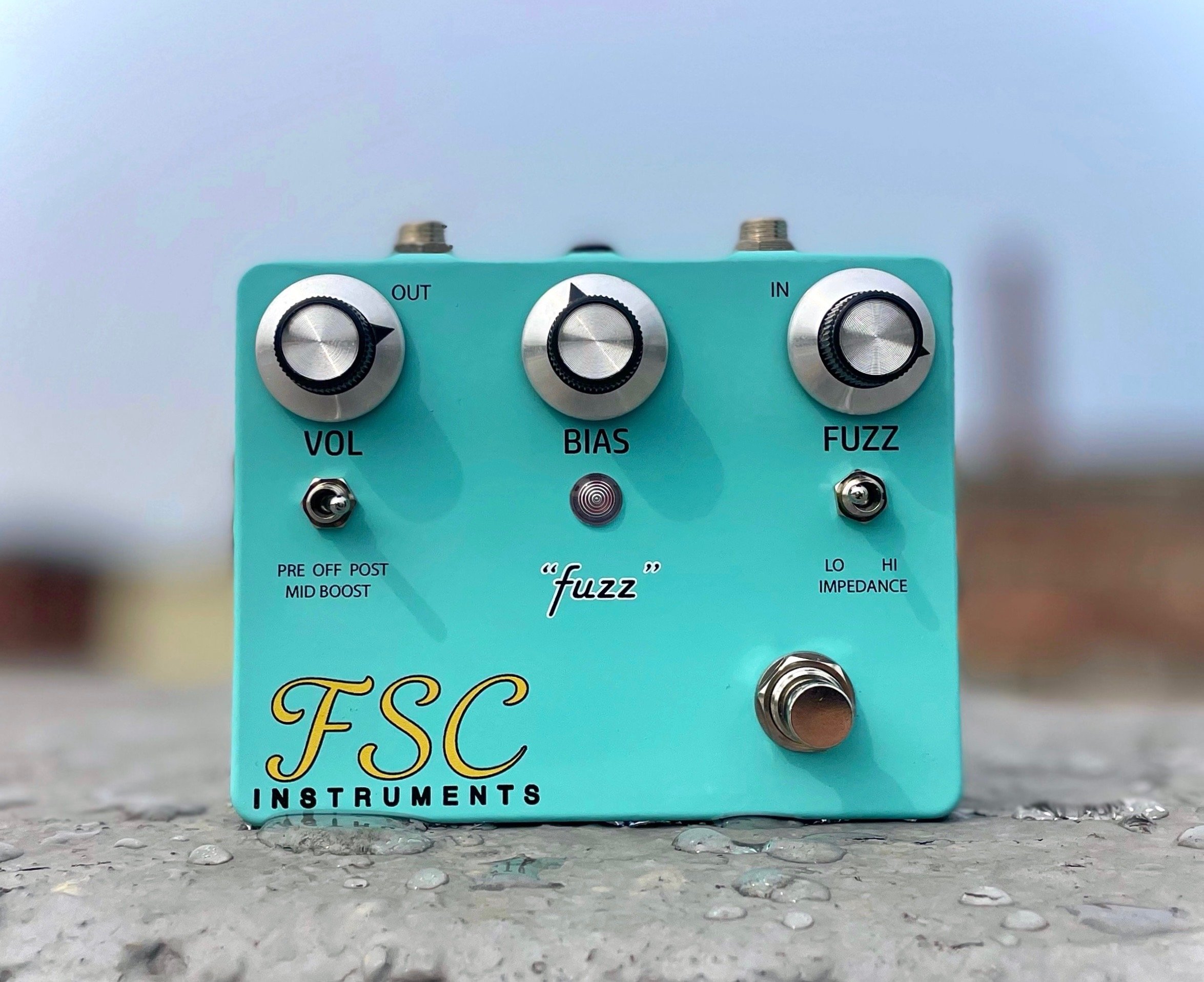SoloDallas Storm
Designer Ken Schaffer boasts a captivating history extending beyond the realm of music. His portfolio not only includes crafting the earliest wireless guitar unit and collaborating with the Rolling Stones but also involves a stint working for the US government, where he engaged in espionage on Russian satellites.
His narrative is rich and intriguing. Even the REM song "What's the Frequency, Kenneth" is an ode to Ken Schaffer. During an interview with Dan Rather, they were assaulted by individuals shouting the infamous phrase, linking back to Ken's days at Columbia University and the states he was studying.
Adding a delightful twist, the REM single's artwork contains a Morse code message addressed to Ken, showcasing his mastery of Morse code.
Discovering these Easter eggs in music is always a delight.
The genesis of the Schaffer-Vega Diversity System (SVDS) intertwines with the Rolling Stones. In the early 1970s, Ken was romantically involved with the Stones' manager. The band was experimenting with wireless mics for stage mobility, facing the challenge of subpar sound quality. Confident he could do better, Ken reached out to the Vega company, collaborating on what would become the Schaffer-Vega Diversity System (SVDS).
When the system hit the market, it came with a hefty price tag – $20,000 in the mid to late '70s, equivalent to at least $100k today. Some prominent bands, like Pink Floyd, purchased multiple units, while labels procured them for certain artists. As bands faded in popularity, labels would reclaim the units for more successful acts.
Due to cost, saturation, and looming FCC frequency restrictions, Ken Schaffer eventually moved on to new ventures. Despite these challenges, players like David Gilmour clung to their units until being forced to retire in 1986.
Interestingly, guitarists cherished the Schaffer-Vega Diversity System (SVDS) not just for its stage freedom but also for its distinctive tone. Icons like Angus Young (Back in Black) and Neil Geraldo (Pat Benatar recordings) brought their magic into the studio.
Regrettably, the sounds were lost for years due to FCC restrictions, as only 1000 units of the Schaffer-Vega Diversity System (SVDS) were ever produced. Fortunately, SoloDallas founder Fil Olivieri, on a quest for the AC/DC Back in Black guitar tone, persevered in his search.
Anyone who's plugged an SG into a Marshall plexi and cranked it knows the feeling – close, but not quite there. The missing element was a mystery for years, often attributed to fingers or studio wizardry. Fil Olivieri's meticulous research uncovered the connection between the Schaffer-Vega Diversity System (SVDS) and Ken Schaffer.
Given the unavailability of the original units, SoloDallas pondered a modern iteration without the wireless component. This curiosity sparked a collaboration between Ken Schaffer and Fil Olivieri, resulting in the Schaffer Replica EX Tower and the Schaffer Replica Storm pedal. It was a harmonious partnership, giving us access to the secret ingredient behind the Back in Black tone.
I've dedicated significant time to uncovering the secrets behind my favorite guitar tones. Some sonic recipes proved easier to decode, while others remained tantalizingly elusive for years.
I vividly recall my first encounter with a treble booster – a moment of sheer excitement as I finally captured the essence of Jethro Tull's "Aqualung" and Brian May's signature sound. Prior attempts had fallen short, for the treble booster wielded a unique sonic fingerprint, unmatched by any other pedal.
A similar revelation struck me when I plugged in the Schaffer Replica Storm pedal. There were certain tones from the late '70s and early '80s that had defied replication. While I'd come close, a crucial element remained out of reach. One of the most iconic examples of this tone was Angus Young's from AC/DC, especially evident in the "Back in Black" record. There was an unmistakable depth, rich saturation, and bell-like clarity that set it apart from other recordings, even though they sounded excellent in their own right.
I initially attributed this tone to a custom-modified Marshall or some elusive outboard studio gear. Let's not forget that studio equipment plays a pivotal role in crafting the sounds we cherish in classic records.
I had long resigned myself to the idea that I might never unravel the mystery behind the unique allure of the "Back in Black" sound, beyond Angus Young's exceptional playing.
What's intriguing and rather unconventional about this wireless device, especially by today's standards, is how it positively influenced Angus's guitar tone. Often, we associate wireless units with the potential degradation of the organic guitar tone.
The original Schaffer-Vega Diversity System (SVDS) was an intricate device housing a compressor, limiter, expander, and preamp, which has been faithfully recreated in the Schaffer Replica EX Tower. One of its key attributes was how it handled signal limiting. Ken Schaffer calls this limiting circuit an opto-isolator "brick wall" limiting circuit. The limiter allowed your notes to ring out clearly, even when you cranked an overdriven amp to its limits.
Yet, it was more than just any limiter. The The Schaffer Replica Storm boasts a meticulously voiced limiter unlike any other I've encountered. This is intrinsically linked to the unique coloration of its preamp and boost.
Not only does the Storm lend clarity to notes in positions like a G major chord, but it also injects depth without muddying the waters. A Marshall plexi, while bright, may not always deliver the desired beefiness. They sound good, but they often fall short of that Eddie Van Halen chunk. The Storm offers that low-end punch effortlessly.
The Schaffer Replica Storm opens the gateway to fantastic tones with ease. It's not a pedal that fights you; all the settings sound great.
Boost
A surprising and unintended application of the original Schaffer-Vega Diversity System (SVDS) emerged when guitarists discovered a unique use for its headphones component. Originally designed for signal monitoring through headphones, innovative musicians began employing the headphones as a preamp, strategically placed before their amplifiers to enhance the amplifier's front end. This unanticipated utilization resulted in a notable boost to the front end of their amplifiers, transforming the SVDS into an unintentional but highly effective preamp solution.
Building upon this distinctive characteristic, the Schaffer Replica Storm has faithfully recreated the distinctive sound produced by the "headphone" preamp feature of the original SVDS. This modern iteration allows guitarists to harness the same sonic enhancement, providing a nod to the unconventional yet influential application discovered by musicians in the past.
While Angus and EVH are two prominent examples of the Schaffer sound, I sought to explore its applications beyond them.
I decided to take the The Schaffer Replica Storm for a spin and experiment with various backline amplifiers. It's always a gamble with house amps at gigs; you're rarely bestowed with the ideal amp, and often, you hope it's functioning correctly.
One recurring issue I've encountered is getting stuck with a high-headroom amp that I can't push into its sweet spot. This results in a brittle and thin tone and robs me of sustain.
I wanted to know if using the The Schaffer Replica Storm as a preamp might help alleviate this backline amp issue. The answer, quite emphatically, is yes!
“The Storm injects the necessary oomph and silky top-end to rescue my tone from a super clean, but somewhat sterile amp”
The The Schaffer Replica Storm injects the necessary oomph and silky top-end to rescue my tone from a super clean, but somewhat sterile amp. When you're forced to play into a completely clean, loud amp, you typically reach for gain pedals as a quick fix. I prefer clean amps only when pushing them to around volume 5 or so.
Employing gain pedals often leaves me with a dirtier tone, which, although I enjoy it, may only be suitable for some scenarios. But turning off these "band-aid" pedals leaves me with a small-sounding guitar and minimal sustain.
The Schaffer Replica Storm has effectively bridged the gap, making a clean amp usable when cranking up the amp isn't an option. To be clear, your tube amp should still operate just past the point where it produces sound; running a tube amp with the volume barely above "off" generally doesn't yield desirable results. But if you're playing loud enough to keep the amp from choking completely, the Storm genuinely shines.
Ampless World
Some gigs necessitate going completely ampless and relying on in-ear monitors. I've come to terms with this concept in recent years, even though I'm not typically a fan of amp modelers. However, one must adapt to the demands of the job at hand.
It's been an exciting inclusion. I began using the Strymon Iridium, which sounds pretty darn good. Does it replicate the sound of my amps precisely? No, but when I can't use my amps for certain gigs, there's no point in making direct comparisons.
Strymon has done an excellent job capturing the feel of an amp and its gain staging. It responds well to changes in volume and technique, making it a compact and viable option for guitarists. I don't mind in-ear monitors; they represent a significant step forward in live sound monitoring. Ideally, I'd have a real amp and in-ear, which occasionally happens. But when it doesn't, I turn to the Iridium.
I do like to insert some tone-enhancing devices in front of the Iridium. And this is where the The Schaffer Replica Storm comes into play. It complements amp emulations with an analog character that adds depth and complexity to the Iridium.
“The Storm is a pedal you leave on for the entire gig. Once you engage it, you won’t want to turn it off.”
The The Schaffer Replica Storm is a pedal you leave on for the entire gig. Once you engage it, you won't want to turn it off. Of course, it does come with a true bypass footswitch just in case (but you won't want to use it – trust me!).
Big Muff
Big Muff-style fuzz pedals can be tricky to tame. They often sound harsh in isolation and may require some finesse. Some guitarists have employed preamps or EQs to shape their sound further, while others have added a drive pedal afterward to refine the Big Muff's tone.
I wanted to see if the The Schaffer Replica Storm could help focus the sound of a Big Muff. I adore the sustain the Big Muff offers but sometimes wish for a more refined tone, even from my favorite Big Muff pedal, courtesy of Vick Audio, known for crafting exceptional Muff circuits.
SoloDallas now offers a version of the Storm pedal designed for bass players, catering to the bass frequency range.
It's worth noting that some of my favorite compressors aren't even compressors. Don't get me wrong, I love compressors. The Effectrode PC-2A, Analog Man CompROSSor, and Slide Rig are staples in my rig. However, traditional compressors can often be heavy-handed, even in their gentlest settings.
At this point, I think it’s obvious I dig the sounds from the The Schaffer Replica Storm pedal and see myself using it in a variety of situations. Let’s listen to some examples I recorded.
Gear used in these examples:
Ampete 88S amp switcher, Purple Audio MC77, API 312, Universal Audio Apollo, Universal Audio Luna





